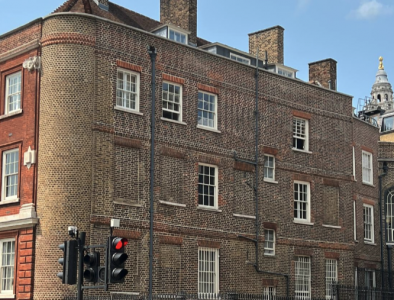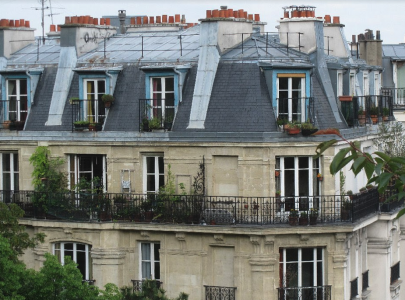I visited Greece and Italy. In Italy, I explored Rome, Naples, the Amalfi Coast, the Isle of Capri, Bari, Matera, and Alberobello, known for its Trulli, a symbol of the Apulia region.
The Trulli are traditional houses found in the Itria Valley, in Alberobello, notable for their conical stone roofs. They are charming, beautiful, and picturesque. But they also have a story behind them. Is it real history? A legend? Are legends just real stories amplified by word of mouth? Is real history truly real?
Let’s set those doubts aside and move on. The little houses are divine. Everything is divine, but the story of the Trulli, somewhat unclear, tells us they were erected in the Middle Ages. Their name comes from “tholos,” a Greek word meaning “dome” or “cupola.” Initially, the houses were completely made of stone, from the floor to the tip of the cone that now serves as the roof. And the houses were built and demolished according to tax needs. How is that? Patience, I’ll explain.
The houses were built dry, that is, by placing one stone next to another and one on top of another, without any type of mortar, mud, or support other than the stone itself (a waterproof stone called “chiancarelle”). This gave the house some instability but also the possibility of being easily demolished thanks to a vault located in the center, which, when removed, caused the building to collapse. And that’s what their inhabitants, mostly farmers, did.
When taxes of the time went up, the farmers would demolish their stone houses upon hearing of the imminent arrival of the tax collector. This way, they avoided the new settlement tax imposed by the Kingdom of Naples: without a house, without property, there was nothing to pay. At least until the next inspection.
In a way, it’s the same logic behind irrevocable and discretionary trusts today, right? Without property, there’s nothing to pay…
Anyway, let’s get back on track.
When the tax collector’s visits ceased in the 14th century, the houses, which had already adopted the white walls we see today, were rebuilt with mortar to achieve greater stability.
In Alberobello, the most well-known Trulli are considered a UNESCO World Heritage Site. A beautiful recognition for houses built to meet a demand that persists to this day: tax reduction.
Now that I think about it, perhaps the properties in the United Kingdom with some of their windows bricked up since the window tax was introduced in 1696 should also be declared World Heritage Sites.

There’s also the case of French buildings with mansard roofs (attic style), which were also designed to protect their occupants from certain taxes.

I write this while finishing this dream trip and think about the current leaders’ inability to satisfy a centuries-old, logical demand. It happens in Europe, it happens in America, it happens everywhere. In some places, at least, high tax pressure doesn’t demand so much fiscal effort. In most places, regardless of the existing pressure, the effort is discouraging. And that’s why we do, in some way, what the inhabitants of Alberobello did. They, given the possibilities provided by evolution, sought to prevent the taxman from taking the fruits of their labor. They succeeded by tearing down their own houses. Today, we do it by structuring our assets.




